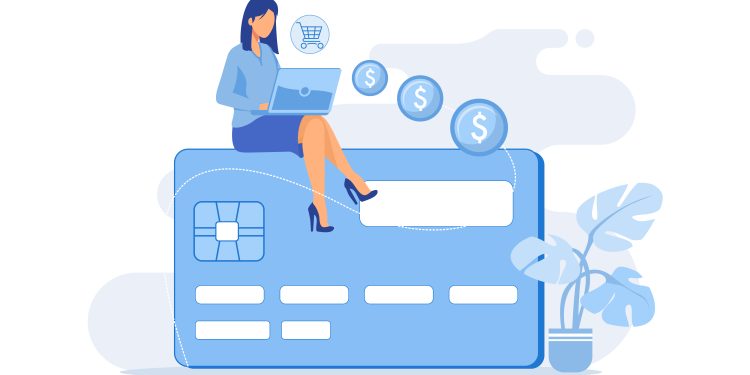A credit card charge-off occurs when the account is 180 days delinquent. At this point, the financial institution must take a loss on the account. That means the account is removed from the asset classification, and a charge against revenue reduces the financial institution’s revenue.
In short, if the charge-off was for $5,000, and the typical revenue per account was $350, then the net revenue earned for 14 accounts will be required to offset the loss of that one account.
For the consumer, the charge-off will impact their FICO Score for the next 7 years. If the consumer files bankruptcy, the tradeline can stay on the bureau for ten years after filing. While the charge-off is neither good for the financial institution, nor the consumer, it results from out-of-whack budget, most probably caused by a medical issue, an employment challenge, a relationship event, or unbridled spending. But, you need to add “a budget that can not keep up with inflation.”
Sure, Household Budgets are Floundering, but Consider the Banker
It is more fun to extend credit than it is to collect it. Lenders do both with varying degrees of success. If you are a top bank, you bring in new accounts with the promise of rich rewards, features, and risk tolerance. If you are a smaller bank or credit union, your approach is likely more conservative, with a keen eye on “the asset mix.”
Credit cards are a risky proposition. The customer can access thousands of dollars of credit with little more than a signature. No collateral is required. If you price it right, and the customer pays, profit will be made. If the economy turns, though, and your cardholder loses their job, they can fall into the charge-off zone. This is where we illustrated above that a single account loss could steal the potential profit from 14 other customers.
There’s No Place Like Home
Top banks aggressively market nationally. Sure, Chase markets to New Yorkers and San Francisco, but they also market to small-town U.S.A., where a community bank or credit union might be serving their neighbors. But, for national bankers, your neighbor is everywhere.
But the results of charge-offs between large and small financial institutions is pronounced. On a blended basis, 2.02% of every loan dollar booked goes to charge-off. This is relatively low, but the blended number does not tell the full story.
When you drill down the numbers, 6.12% of every loan dollar booked goes to charge-offs for those banks not among the top 100 institutions. At the top 100, only 1.93% of every dollar goes to charge-offs.
What’s A Credit Card Banker to Do?
For risk-tolerant top banks, lending into a credit storm is possible. It makes sense to tighten standards a little, particularly for low FICO Scores and marginal credits, but there is probably still time to book some good new accounts. For smaller banks, though, it is too late into the unsteady economic cycle to accelerate lending to increase the portfolio base. This means that to drop that 6.12% loss rate into acceptable areas, such as 4%, they need to push out balance transfer offers to strong customer line increases, and fortify against their marginal accounts. For some small banks, exploring a white-label credit card program might make better sense, such as one offered by Fiserv’s Credit Choice or U.S. Bank’s Elan Credit Card Program. At least, they will find some economies of scale.
Overview by Brian Riley, Director, Credit Advisory Service at Mercator Advisory Group.











